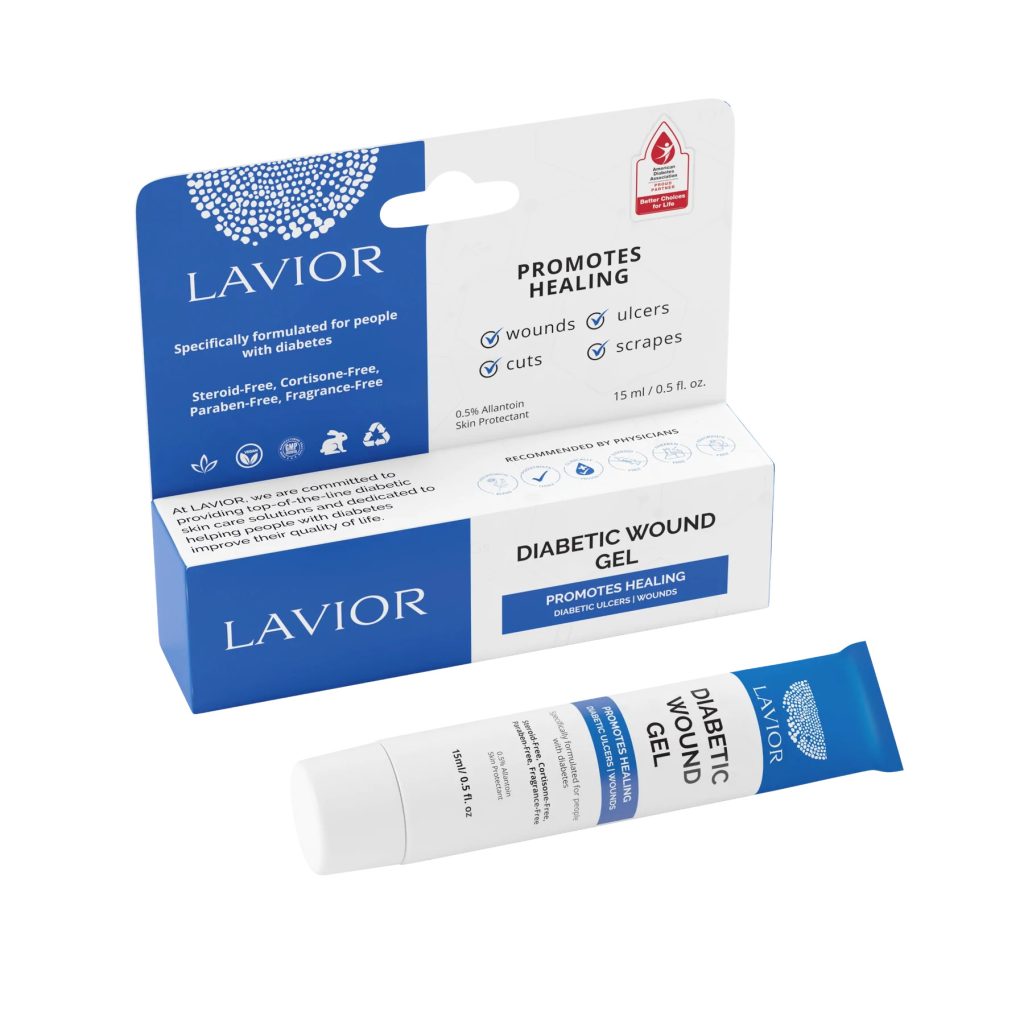Diabetic wounds, open sores that struggle to heal due to nerve damage and poor blood circulation in people with diabetes, are more than just a physical challenge. They carry a significant emotional weight, impacting self-esteem, relationships, and overall well-being.
Firstly, let’s understand what diabetic wounds are. When high blood sugar levels damage nerves and blood vessels, particularly in the feet, even minor cuts or scrapes can fail to heal properly. This leads to chronic wounds that can worsen, potentially requiring amputation if left untreated. This constant threat of losing a limb hangs heavy, causing immense anxiety and fear of the future.
Global Warning: Nearly Half of Diabetic Foot Ulcer Patients Walk with Depression
Studies published in different medical journals reported that diabetic foot patients often experience anxiety and depression. The mental health of patients with comorbid diseases, particularly those suffering from diabetic foot, can significantly deteriorate. The likelihood of depression being associated with amputation is twice as high in individuals with type 2 diabetes compared to those without diabetes. According to an article published in the International Journal of Lower Extremity Wounds, more than half of people with diabetic foot ulcers experience depression. In Europe, it’s roughly half (49%). In Asia, it’s lower, affecting around a third (37%). But North America sees the highest rate, with a striking two-thirds (62%) of patients struggling with depression.
The Emotional Struggles of Diabetes Wound Sufferers
The emotional impact, however, extends far beyond amputation anxiety. The constant pain associated with wounds can be debilitating, leading to feelings of isolation and withdrawal from social activities. Simple tasks like walking or wearing shoes become daunting, triggering frustration and anger. The visible nature of wounds can fuel embarrassment and shame, impacting self-image and confidence.
Diabetic wounds often disrupt daily routines and independence. Individuals may struggle to work, perform household chores, or even enjoy hobbies they once loved. This loss of control and autonomy can lead to feelings of helplessness and despair. Financial concerns stemming from treatment costs add another layer of stress and worry.
The Hidden Struggles of Caregivers for Diabetic Wound Patients
The mental burden not only impacts persons with diabetes but also extends to their family and support networks. Observing a cherished someone endure hardship can be very exhausting, resulting in emotions of remorse, unease, and powerlessness for those providing care. According to medical research, taking care of someone with diabetic foot ulcers can be just as demanding as caring for someone with a serious mental illness, like psychosis.
Depression Slows Diabetic Foot Ulcer Healing
This depression is a two-way sword! A positive association between depression and delayed healing of diabetic foot ulcers has also been reported in different medical journals, highlighting the complex connection between depression and diabetic foot ulcers. As a result, prioritizing fast healing becomes critical. In this scenario, Lavior Diabetic Hydrogel Wound Dressing emerges as an important tool for not only expediting recovery but also potentially decreasing the impact of depression on the healing process.
Lavior Diabetic Hydrogel Wound Dressing distinctive formulation utilizes carefully chosen plant extracts to provide a natural and holistic approach to diabetic foot products. By simulating natural tissue and fostering an optimal moist environment it expedites wound closure in comparison to conventional dressings. Lavior’s calming characteristics help to relieve the pain and discomfort associated with diabetic ulcers, resulting in better sleep and improved health. This, in turn, can help to manage depression symptoms.
Lavior’s usefulness has been endorsed by reputable organizations such as the American Diabetes Association and podiatrists. This credibility can offer much-needed reassurance and trust in difficult circumstances.
Keep in mind that along with Lavior Diabetic Hydrogel, taking care of the mental and emotional components of chronic wounds is just as important.
Sources:
Jiang, F. H., Liu, X. M., Yu, H. R., Qian, Y., & Chen, H. L. (2022). The incidence of depression in patients with diabetic foot ulcers: a systematic review and meta-analysis. The International Journal of Lower Extremity Wounds, 21(2), 161-173.
Monami, M., Longo, R., Desideri, C. M., Masotti, G., Marchionni, N., & Mannucci, E. (2008). The diabetic person beyond a foot ulcer: healing, recurrence, and depressive symptoms. Journal of the American Podiatric Medical Association, 98(2), 130-136.
Pombeiro, I., Moura, J., Pereira, M. G., & Carvalho, E. (2022). Stress-reducing psychological interventions as adjuvant therapies for diabetic chronic wounds. Current Diabetes Reviews, 18(3), 66-76.
Prinz, N., Ebner, S., Grünerbel, A., Henkelüdecke, U., Hermanns, N., Hummel, M., … & Holl, R. W. (2017). Female sex, young age, northern German residence, hypoglycemia and disabling diabetes complications are associated with depressed mood in the WHO-5 questionnaire–a multicenter DPV study among 17,563 adult patients with type 2 diabetes. Journal of affective disorders, 208, 384-391.
Yazla, E., Karadere, M. E., Terzi, Ö., DOLAPÇI, M., & YASTI, A. (2017). Care-giving burden and quality of life in diabetic foot patients’ care givers. Family Practice and Palliative Care, 2(3), 28-37.












